Affiliate links on Android Authority may earn us a commission. Learn more.
Flashbacks and Forecasts: HUAWEI in 2017
Published onFebruary 1, 2017
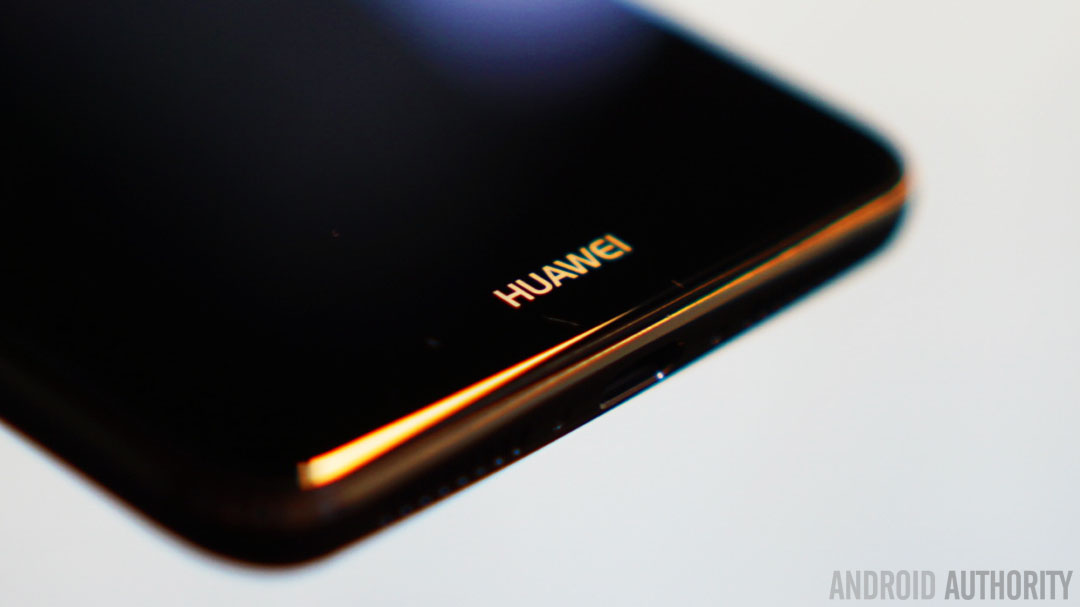
Amidst the scandals, struggles and smartphone flops of 2016, HUAWEI managed to have a pretty good year. HUAWEI’s 2016 wasn’t without a few bumps in the road though (“co-engineered by Leica”, anyone?), but all things considered, the company came out squeaky clean compared to a lot of its competitors. Let’s take a look at how 2016 went for HUAWEI, what it’s up to right now and what we can expect from the Chinese juggernaut in the year to come.
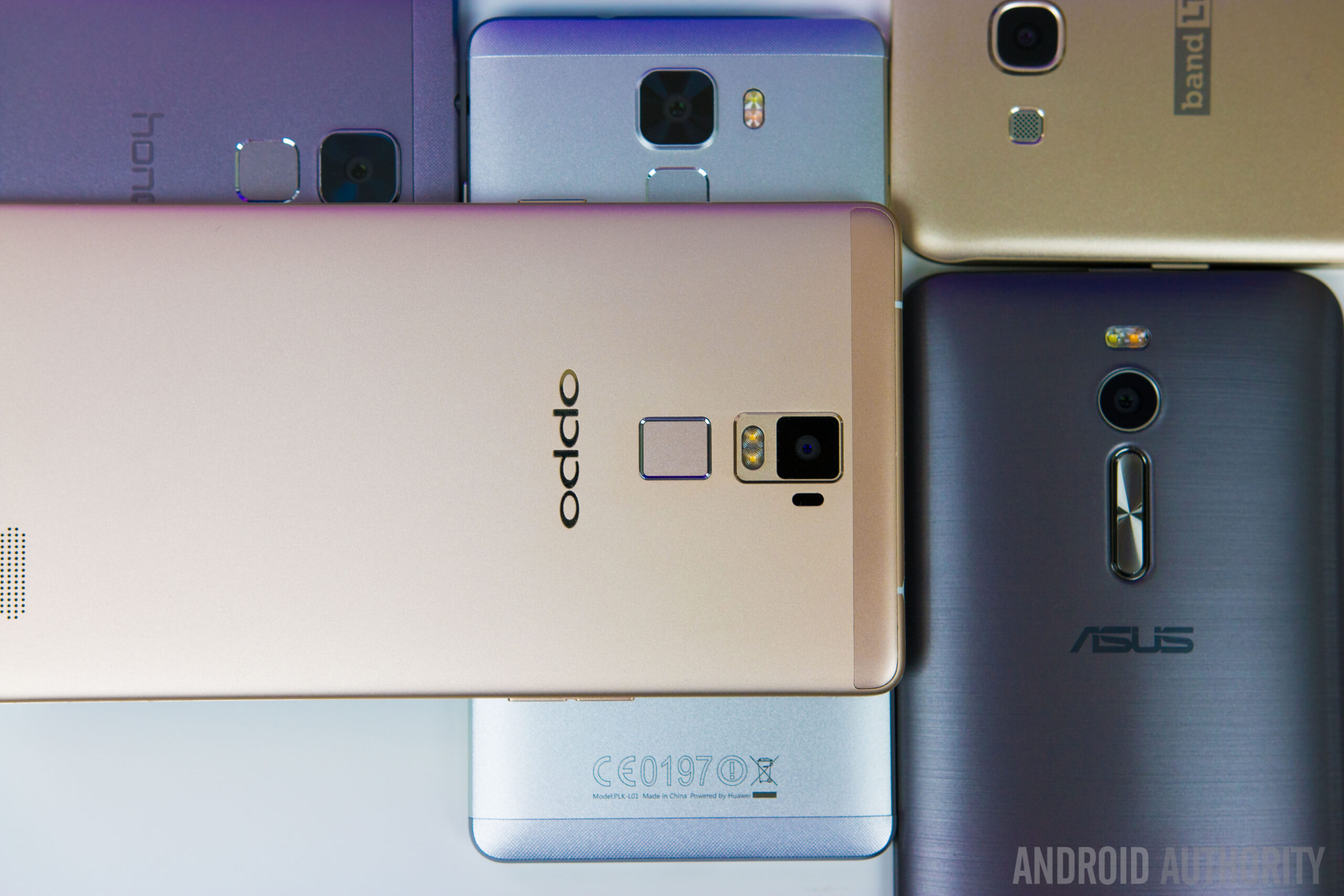
Insulation
The first thing to know about HUAWEI is that it’s not just a smartphone company. As we saw in last year’s Flashbacks and Forecasts series, the companies with other sources of revenue besides mobile tend to be the most well-insulated against a weak smartphone market. HUAWEI is no exception.
Huawei's in-house semiconductor division lets it avoid an excessive reliance on Qualcomm.
HUAWEI has a very profitable and widespread network infrastructure business, and it uses a lot of the profits, connections and know-how from that lucrative market to finance smartphone R&D, leverage partnerships and make its own Kirin chipsets. This situation is beneficial for HUAWEI in several ways.
HiSilicon, HUAWEI’s in-house semiconductor division, allows HUAWEI to distance itself from an excessive reliance on Qualcomm. HUAWEI still uses Snapdragon SoCs, but, unlike the majority of the Android smartphone market, HUAWEI can put out high-performance phones powered by its own chipset. This allows HUAWEI to sidestep issues like those affecting devices running the Snapdragon 810 and also to reduce component costs for its mobile devices.
Furthermore, HUAWEI’s relationships with carriers and enterprise (HUAWEI also has a large enterprise storage and consulting business) furnishes it with the kinds of relationships it needs to strike partnership deals for its hardware. We’ve already seen this in effect in Europe, where HUAWEI Mobile has been expanding rapidly of late.
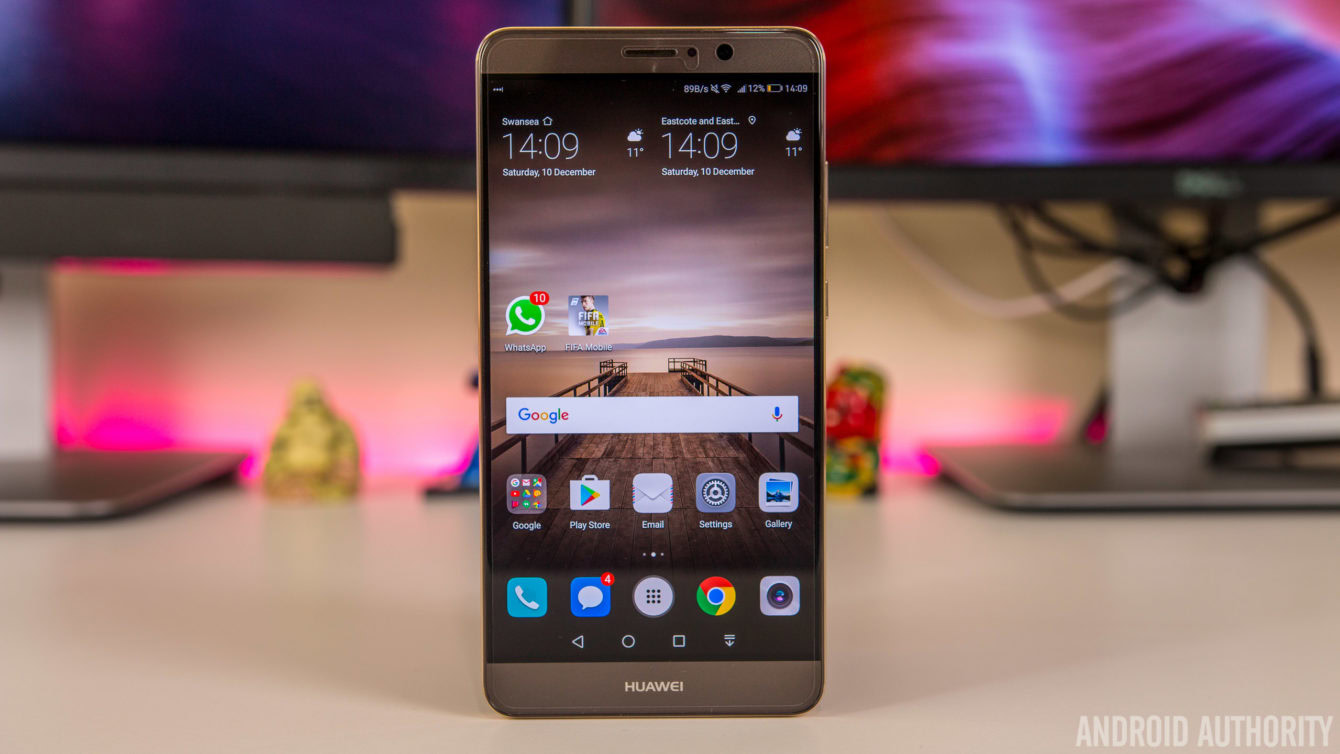
Products
But let’s look at mobile. What did 2016 look like for HUAWEI? The company had a few major product launches during the year: the HUAWEI P9, P9 Plus and P9 Lite in the first half of the year, and the HUAWEI Nova, Nova Plus and Mate 9 in the fourth quarter.
The HUAWEI P9 introduced us to Huawei’s partnership with legendary German optics-maker, Leica. On paper this looked like a perfect collaboration: pairing premium devices with precision camera optics. But it didn’t take long for the specifics of the HUAWEI/Leica partnership to be called into question. That drama has largely blown over now, but it tarnished an otherwise promising partnership.
The Mate 9 was a singular achievement for HUAWEI.
Fortunately, the camera found on 2016 HUAWEI devices was generally good, reaching its peak on the Mate 9. The Mate 9 was a singular achievement for HUAWEI, garnering favorable reviews from every corner of the internet.
The Mate 9 also launched with a vastly overpriced Porsche Design edition which looked like it borrowed a little too heavily from the ill-fated Galaxy Note 7 design. But even at a staggering 1,395 Euros the Porsche Design Mate 9 still received a lot of interest, demonstrating that even questionable HUAWEI decisions seem to pay off in the end. The Mate 9 Pro then took most of the positives of the PD edition and offered it to the Chinese market for a more reasonable price.
Software
Even HUAWEI’s traditional Achilles’ Heel – its software layer – stopped being a problem and started being a positive in 2016. EMUI 5.0 on the Mate 9 fixed a lot of the complaints EMUI was known for, including adding an option for an app drawer and streamlining HUAWEI’s app design.
EMUI is still not perfect, but it’s a lot better, and definitely more in line with the kind of interface Western audiences prefer. The company called for input from several of its regional R&D centers around the globe and that international influence is clearly visible.
EMUI 5.0 is still not perfect, but it's a lot better.
EMUI 5.0 is not only better, it’s actually really good. Finally HUAWEI has a software layer that matches its hardware: refined, clean and functional.
EMUI 5.0 is also slated to arrive on devices scheduled for the Nougat update, including the Mate 8, HUAWEI P9 and P9 Plus, Nova and Nova Plus and some HONOR devices. Certain elements of the new interface will also make it to HUAWEI devices running EMUI 4.1 that won’t make the jump to Nougat. What all this means is that you’ll hear a lot fewer complaints about HUAWEI’s software in 2017.
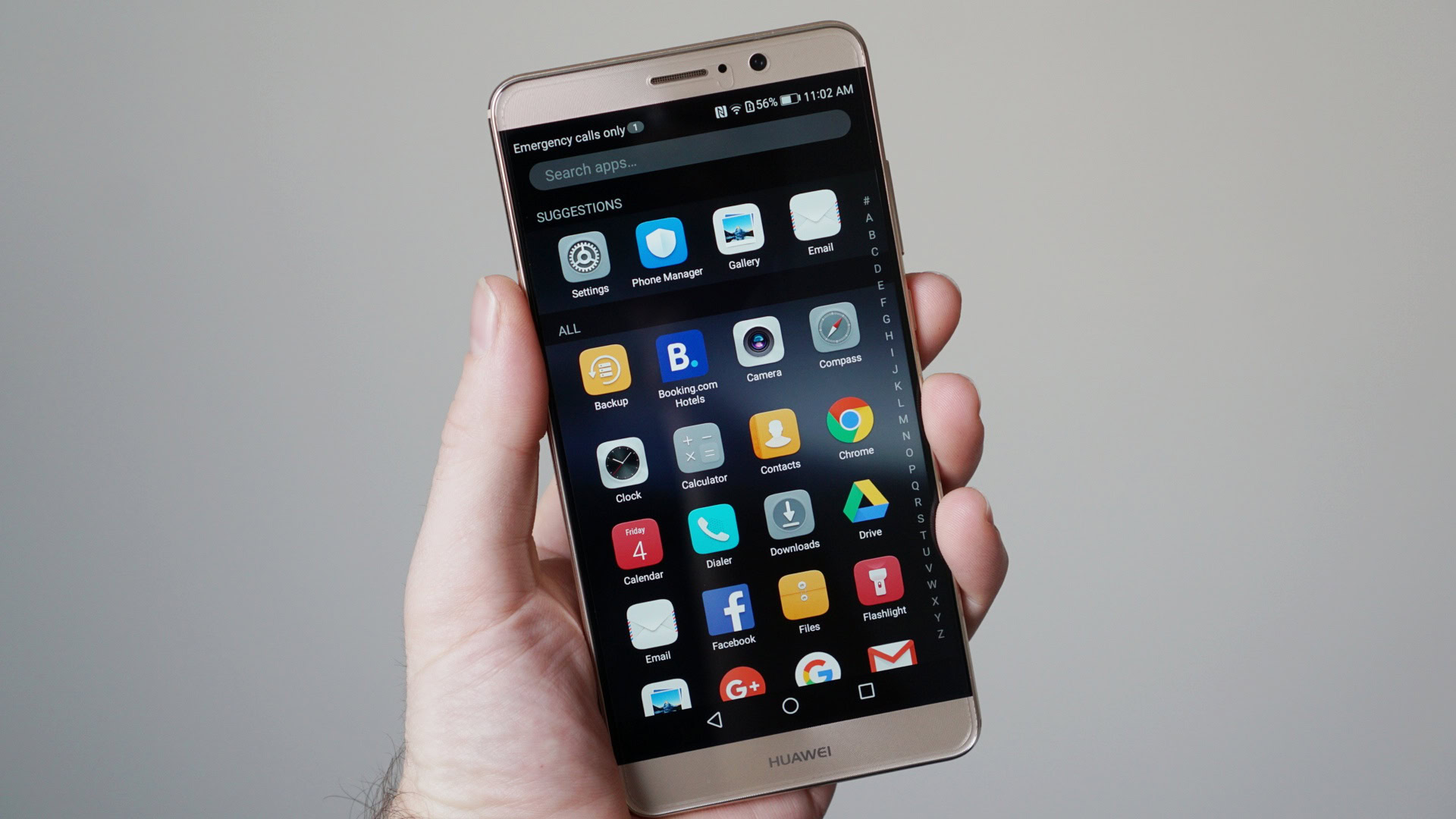
AI and VR
Another large part of EMUI 5.0 – and HUAWEI’s ambitions generally – centers on AI. EMUI 5.0 has some built-in machine learning that will apparently speed the Mate 9 software up over time. I can’t say I’ve seen this in effect yet (I’ve been using the Mate 9 as a daily driver since it launched), but I can say I haven’t noticed it slowing down or stuttering yet.
Huawei’s Richard Yu has spoken at length about artificial intelligence and the concept of the “Superphone” (which has now been redubbed “the intelligent phone”) in HUAWEI’s long-term plans. The company already has key investments in what it sees as the four cornerstones of AI: device, cloud, connectivity and chipsets, but it’s already applying some of those lessons in the machine learning available in EMUI.
HUAWEI is deeply invested in AI, has a Daydream VR headset out and is planning a Project Tango phone.
HUAWEI is also equally invested in VR and first unveiled its Gear VR competitor, creatively named HUAWEI VR, in mid-2016. It is the first offering to offer full 360-degree sound on a mobile headset and is fully compliant with Google’s Daydream VR platform. HUAWEI is also planning its own Tango phone.
Unfortunately, for now, the only devices HUAWEI VR supports are the Mate 9 Pro, which is only available in China, and the Porsche Design Mate 9 (expect that to change with the HUAWEI P10 which we’re expecting to arrive at MWC 2017 though). Even if the headset feels a little like a “me too” product, it’s encouraging to see HUAWEI on the front foot where Daydream VR is concerned.
The American Dream
Future-casting aside, the biggest news from HUAWEI so far this year is undeniably the launch of the HUAWEI Mate 9 in the U.S. But not only that, the U.S.-bound Mate 9 is the first smartphone to feature built-in support for Amazon Alexa.
The U.S.-bound Mate 9 is the first smartphone to feature built-in support for Amazon Alexa.
While HUAWEI has already been “in” the U.S. market for a while, the introduction of the Mate 9 with Alexa is a really big deal. Not only for Americans but for the smartphone industry generally. If the Mate 9 with Alexa isn’t the best possible combination for a real HUAWEI push into the U.S. then I don’t know what is.
That said, HUAWEI will likely incorporate Google Assistant in its phones at a later date too, as companies like LG and HTC are already rumored to be doing this year. But getting dibs on Alexa, which has much greater market penetration than Assistant right now, is a great announcement to kick the year off with. Alexa is also coming to existing Mate 9 devices via an update.
Huawei's hardware has been top notch for a while and its HONOR sub-brand has never been stronger.
HUAWEI just seems to keep making the right decisions, even as its competitors stumble. HUAWEI’s hardware has been top notch for a while and its HONOR sub-brand has never been stronger.
HUAWEI left the low end a while back, leaving the HUAWEI brand to focus on the mid-high end and HONOR on the budget-mid range market. Despite HUAWEI’s lack of visibility in the U.S., American audiences are becoming increasingly aware of what HUAWEI has to offer.
Markers of success
But this is all subjective. I, like many of you, really like what HUAWEI is doing and where it has been going of late. But how does that subjective success translate to real world success? Is HUAWEI raking in the cash and screaming up the market share ladder? Kind of, yeah.
HUAWEI is the third largest smartphone manufacturer in the world behind Samsung and Apple and has plans to topple them in the next few years. Back in 2011, HUAWEI had ambitions to top $100 billion in revenues within a decade. At the time that perhaps sounded a little far fetched, but we’re now halfway there and HUAWEI pulled in $75 billion in 2016.
At the start of last year, HUAWEI’s founder and president, Ren Zhengfei, said he now expects HUAWEI Mobile revenue to hit $100 by 2020. In the middle of the year, Zhengfei recalibrated his aspirations for the wider HUAWEI group’s revenue upwards to $150 billion. Again, we’re halfway there and the company is already making half that total.
Huawei's revenue increased by 20 percent in 2014, by a further 37 percent in 2015 and by 32 percent in 2016.
To give you the numbers: HUAWEI’s revenue increased by 20 percent in 2014, by a further 37 percent in 2015 and by 32 percent in 2016. Net profit increases for the same periods were 33 percent in both 2014 and 2015 and while we don’t have final earnings information for 2016 the same profit growth rate would not be surprising.
No matter which way you cut it, that kind of sustained growth is impressive, even if HUAWEI does rely a lot on offering carrier and retailer incentives for stocking its devices.
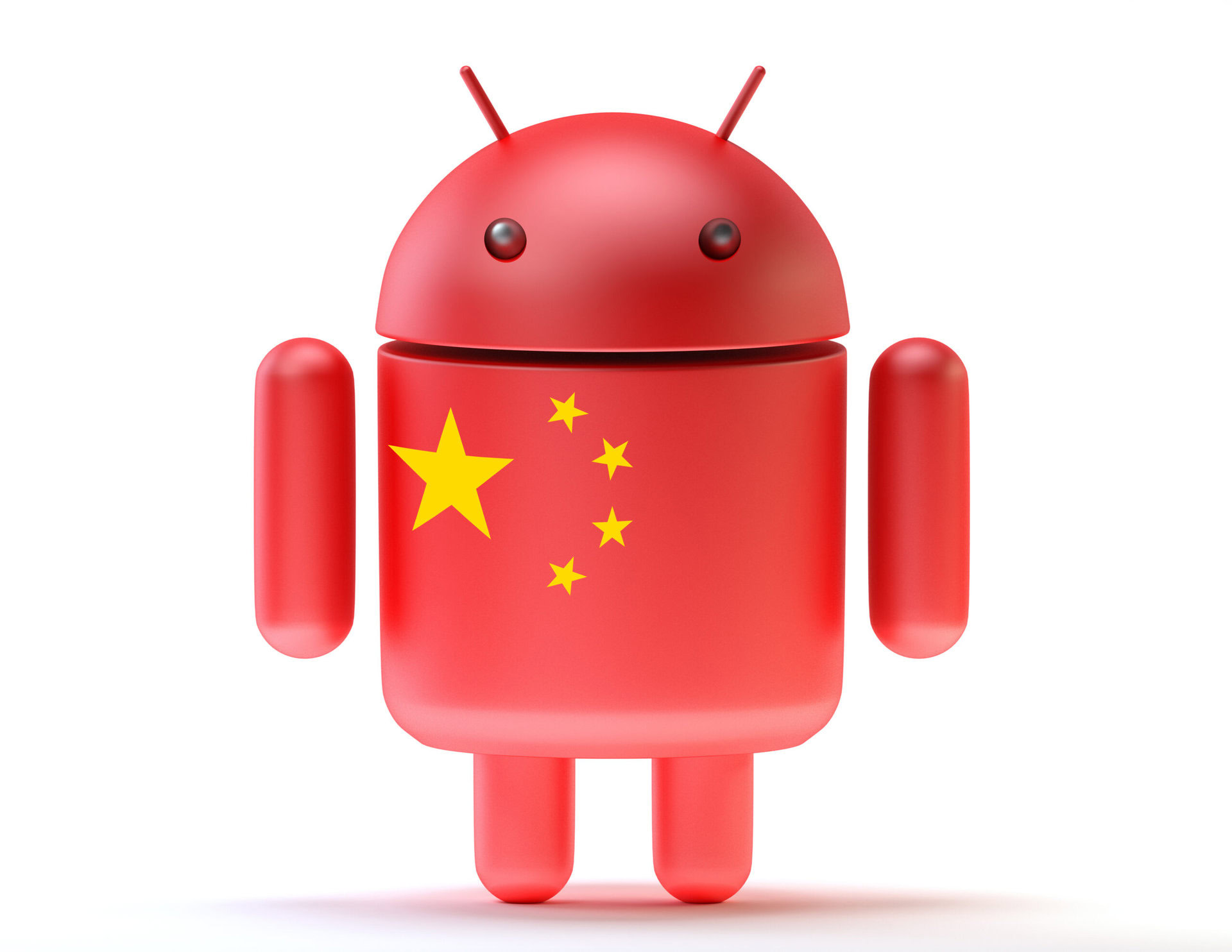
Challenges
But HUAWEI does still have some challenges ahead of it. Not least of which is the surging growth of OPPO and vivo in the domestic Chinese market and very big things expected from Samsung and Apple in 2017. HUAWEI also has to continue working on brand recognition, especially in the U.S., while purging itself of the persistent “made in China” stigma.
HUAWEI may have fixed its software game in 2016, but its update game is still sorely lacking. HUAWEI came last on our Nougat update tracker and generally has a terrible reputation where updates are concerned. This may only be of real relevance to the tech savvy, but tech savvy users have friends and families that ask them for smartphone advice all the time. Update speed is one of the few remaining weak points for HUAWEI. That, and other U.S. market obstacles.
HUAWEI may have fixed its software game in 2016, but its update game is still sorely lacking.
Part of the reason HUAWEI has enjoyed such widespread success in China and parts of Europe is due to its network infrastructure. As mentioned earlier, that gives HUAWEI not only a foot in the door where relationships are concerned, but it also provides an opportunity for the company to offer incentives for carriers and retailers who stock its devices.
That cosy situation doesn’t exist in the U.S. because HUAWEI doesn’t sell much network infrastructure in the country (even if Sprint was found to still be using HUAWEI equipment in its network in 2016, despite the 2012 ban). Likewise, HUAWEI’s attempts to buy its way into the U.S. in both 2007 and 2010 were blocked by the government.
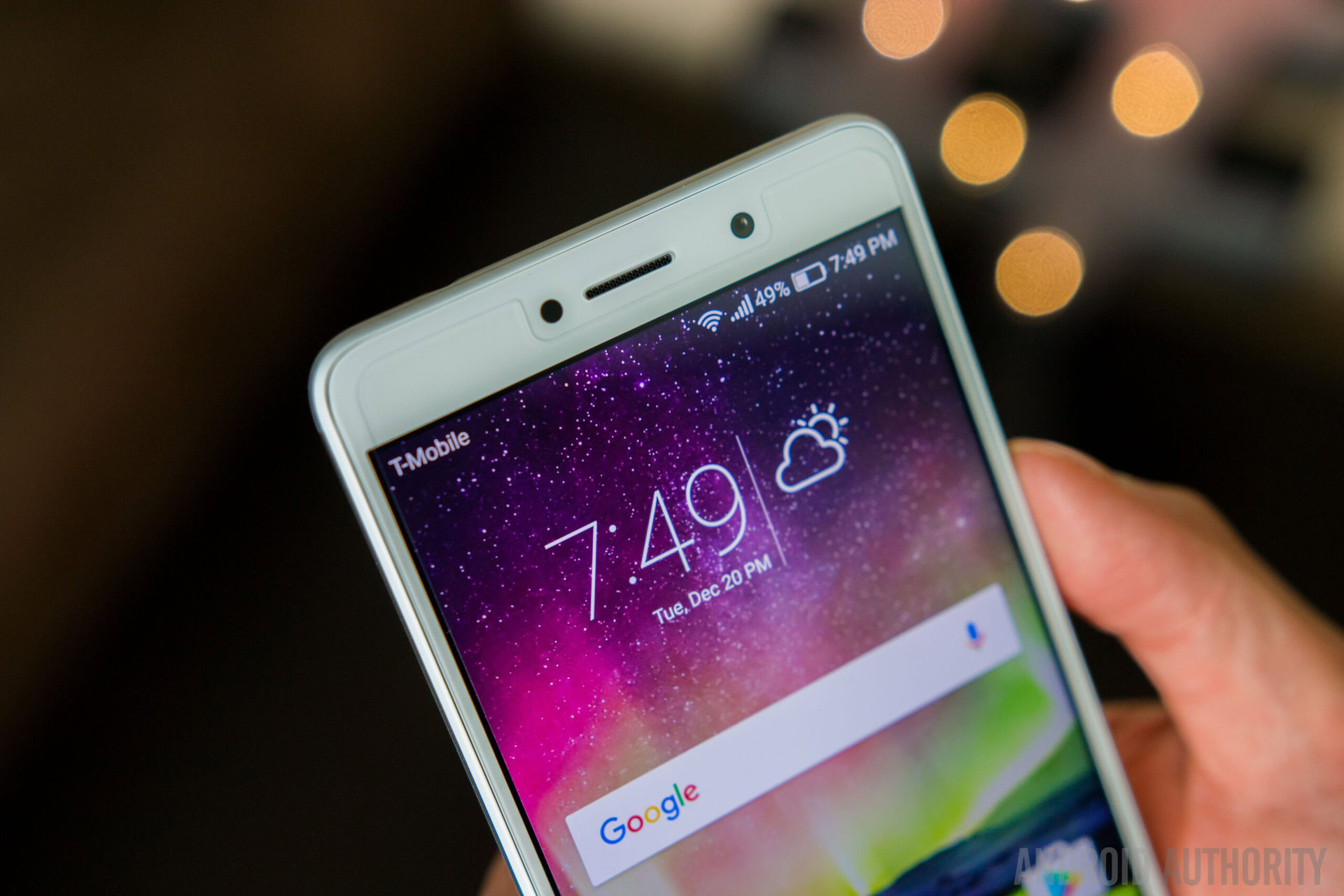
HUAWEI in 2017
You can expect that established pattern to continue in 2017: HUAWEI will likely continue to try to expand its infrastructure footprint in America but probably with similar results. After all, national security will always be of concern where foreign investments in U.S. companies is concerned. There’s also little incentive for carriers to run counter to the established party line or want to stock a phone with little brand recognition in the U.S..
But HUAWEI has finally begun recruiting the kind of staff it needs to broker deals with major carriers it doesn’t already have infrastructure dealings with. Such is the case with the hiring of ex-Verizon executive Michelle Xiong. Even the Mate 9 is being stocked at all major U.S. retailers, if not by carriers yet.
Carriers represent between 80-90 percent of device sales in the U.S., so the Mate 9 only really stands a chance with their support.
We might see a U.S. carrier agreement made in 2017, but it’ll likely be 2018 before we see the first results of any such negotiations. This will definitely be at the top of HUAWEI’s 2017 to-do list though because carriers represent between 80-90 percent of device sales in the U.S.. As mentioned earlier, the Mate 9 in America is a big deal, but it doesn’t stand much chance of selling well without carrier support.
But HUAWEI has other big plans afoot besides successfully cracking the U.S. market. We’re still waiting to see the fruits of the oft-rumored Google-HUAWEI partnership following the success of the Nexus 6P. So the theory goes, Google can help HUAWEI enter the U.S. while HUAWEI can help Google get into China. Even so, HUAWEI is still rumored to be working on its own mobile OS in case its relationship with Google should ever sour.
[related_videos title=”HUAWEI REVIEWS:” align=”center” type=”custom” videos=”737213,717447,712541,743838″]
5G is another huge area of potential for HUAWEI. HUAWEI is constantly demonstrating what’s currently possible, like 1.9 gigabit per second transmissions in field tests and building the infrastructure 5G will require. 5G may not be expected to arrive until 2020, but 2017 will see even more announcements from HUAWEI regarding 5G, ensuring it’s in on the ground floor.
Kirin chipsets are already seen as a threat by Qualcomm.
We might also see HUAWEI make HiSilicon chips available for more manufacturers this year. Kirin chipsets have a solid reputation already and was the best-performing SoC in Android Authority‘s processor testing last year.
Kirin chipsets are already seen as a threat by Qualcomm, but to have another high performance, reliable semiconductor manufacturer to choose from could be a very big plus for a lot of OEMs (as well as consumers).
With all of this said it once again looks like HUAWEI is making all the right decisions. HUAWEI may still have a major roadblock to entering the U.S. on the scale of Apple or Samsung, but it has already demonstrated it can grow exponentially even without the American market. Barring any unforeseen calamities though, 2017 will be another stellar year for HUAWEI full of great devices, profitable partnerships and sowing the seeds for the future.